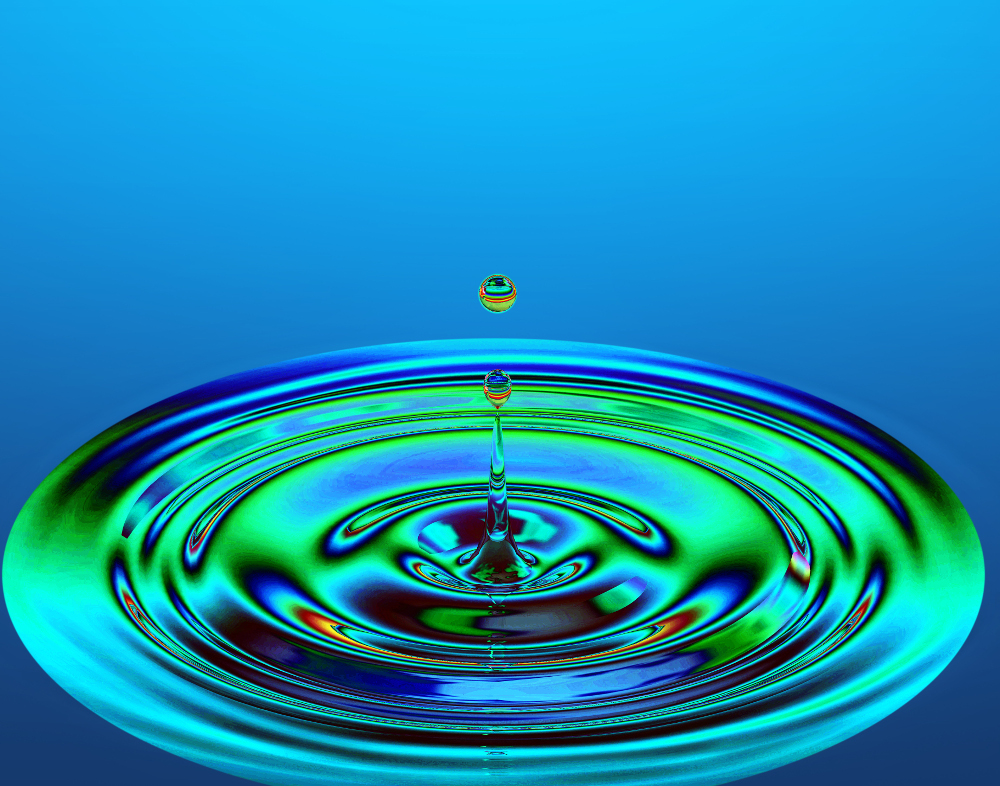Cheap tech for hydro-splitting
 Australian chemical engineers have invented a new, cheap catalyst for splitting water to produce hydrogen fuel.
Australian chemical engineers have invented a new, cheap catalyst for splitting water to produce hydrogen fuel.
The technology is based on ultrathin slices of porous metal-organic materials coating a foam electrode.
“Splitting water usually requires two different catalysts, but our catalyst can drive both of the reactions required to separate water into its two constituents, oxygen and hydrogen,” says study leader Associate Professor Chuan Zhao.
“Our fabrication method is simple and universal, so we can adapt it to produce ultrathin nanosheet arrays of a variety of these materials, called metal-organic frameworks.
“Compared to other water-splitting electro-catalysts reported to date, our catalyst is also among the most efficient,” he says.
Hydrogen fuel can be seen as a particularly good storage medium for renewable energy, because it is abundant, generates zero emissions, and is much easier to store than solar or wind energy as it is.
But the cost of producing it - usually by using electricity to split water - is high, because the most efficient catalysts developed so far are made with precious metals, like platinum, ruthenium and iridium.
The catalysts developed at UNSW are made of abundant, non-precious metals like nickel, iron and copper.
They belong to a family of versatile porous materials called metal-organic frameworks, which have a wide variety of other potential applications.
Until now, metal-organic frameworks were considered poor conductors and not very useful for electrochemical reactions.
By creating nanometre-thick arrays of metal-organic frameworks, Dr Zhao’s team was able to increase the surface area for electrical contact with the water.
“With nanoengineering, we made a unique metal-organic framework structure that solves the big problems of conductivity, and access to active sites,” says Dr Zhao.
“It is ground-breaking. We were able to demonstrate that metal-organic frameworks can be highly conductive, challenging the common concept of these materials as inert electro-catalysts.”
Their study has been published in Nature Communications.







 Print
Print